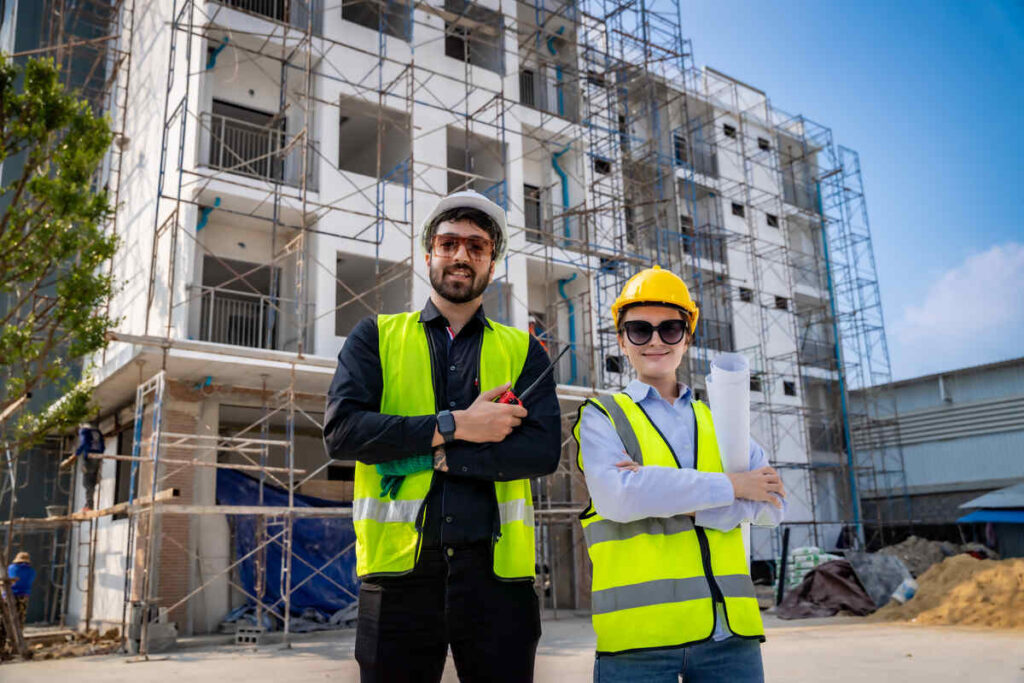The Philippine real estate landscape is undergoing a significant transformation, driven by a combination of government initiatives, economic resilience, and evolving consumer preferences. As the country recovers from the challenges posed by the pandemic, insights from leading property developers become invaluable for investors, stakeholders, and potential homeowners. This article explores current trends in the Philippine real estate market, highlighting key developments that are shaping its future.
Current Trends in Philippine Real Estate
Government Infrastructure Initiatives
A real growth driver within the Philippine real estate sector remains the government’s ambitious “Build Better More” program. Set to improve countrywide infrastructure via mega projects-including roads, bridges, rails, and airports-the program puts mare than $180 billion in the effort to eradicate long standing infrastructure deficiencies which have curtailed growth in the past.
The impact on property values because of these infrastructural developments is very significant. Increased connectivity to otherwise inaccessible regions enhances the prospects of investment, which increases the prices of existing markets. This is a well-known trend in which developers seek strategic positioning in these projects so as to be in a good position to capture these infrastructural improvements.
Shift to Regional Development
As indicated above, even though Metro Manila has been at the center for most of Philippine real estate activities, there appears to be an emerging trend now toward regional cities such as Cebu, Davao, and Iloilo, with improved infrastructures, middle-class growth requiring affordable housing and increasing demand for urban amenities not so crowded.
Cebu City has also proven to be a hot business and tourism spot. The growing number of investments, in particular, has helped push the rise of mixed-used developments that interlace residential properties with commercial and recreational facilities. Likewise, Davao City has been touted to be promising as it provides an excellent economy in the country as well as an excellent lifestyle. Developers nowadays aim to have a balanced living life away from Metro Manila.
Rise of Sustainable Practices
Sustainability is becoming a cornerstone of modern property development in the Philippines. As consumers and investors become more aware of environmental issues, leading developers are integrating eco-friendly practices into their projects. This includes using sustainable materials, implementing energy-efficient designs, and incorporating green spaces into urban environments.
For instance, some developers now offer residential communities with solar panels and rainwater harvesting systems. These features not only reduce utility costs for homeowners but also positively contribute to the environment. The shift toward sustainability aligns with global trends where consumers increasingly favor brands that demonstrate corporate social responsibility.
E-commerce and Hybrid Work Models
The pandemic has accelerated changes in consumer behavior that are reshaping the real estate landscape. The rise of e-commerce has significantly impacted retail property demands; traditional brick-and-mortar stores are adapting by adding online sales to their business models. Retail spaces are evolving to create experiential shopping environments that attract customers while accommodating online order pickups.
Additionally, hybrid work models have transformed office space requirements. As companies adopt flexible working arrangements, there is a growing demand for adaptable office layouts that can accommodate varying numbers of employees at different times. Developers are responding by designing multifunctional spaces that can be easily reconfigured to meet changing needs.
Economic Resilience and Investment Opportunities
Despite facing challenges such as inflation and supply chain disruptions, the Philippine economy has shown remarkable resilience. The country’s young workforce and increasing disposable incomes present significant opportunities for real estate growth. Furthermore, recent government reforms aimed at attracting foreign investments have made it easier for international players to enter the market.
The implementation of laws allowing 100% foreign ownership in certain sectors has sparked interest among foreign investors looking to capitalize on the burgeoning real estate market. This influx of capital not only boosts development projects but also enhances competition among local developers, ultimately benefiting consumers through improved offerings and pricing.
Insights from Leading Property Developers
Perspectives on Market Dynamics
Leading property developers provide valuable insights into current market dynamics that can guide stakeholders in making informed decisions. Many industry leaders stress the need to understand changing consumer preferences due to economic conditions and lifestyle shifts.
One prominent developer noted that “the key to success lies in anticipating market trends and being agile enough to adapt.” This perspective highlights the necessity for developers to remain attuned to shifts in consumer behavior—whether it’s a preference for sustainable living or demand for integrated communities.
Innovative Approaches to Development
Successful real estate projects demonstrate how innovative developers are adapting to market needs. One approach focuses on providing affordable, high-quality housing options designed for young professionals and families.
These developments often incorporate smart home technologies that enhance convenience and promote energy efficiency.Another strategy involves creating integrated communities where residential units coexist with commercial spaces and recreational facilities. This model fosters a sense of community and addresses the demand for convenience without compromising quality of life.
Key Takeaway
The insights gleaned from leading property developers underscore a dynamic real estate landscape in the Philippines characterized by rapid change and adaptation. From government infrastructure initiatives driving regional development to sustainability practices becoming mainstream, these trends reflect broader societal shifts impacting housing preferences. By staying informed about emerging developments and consumer preferences—coupled with strategic adaptability—stakeholders can position themselves advantageously within this promising sector.



